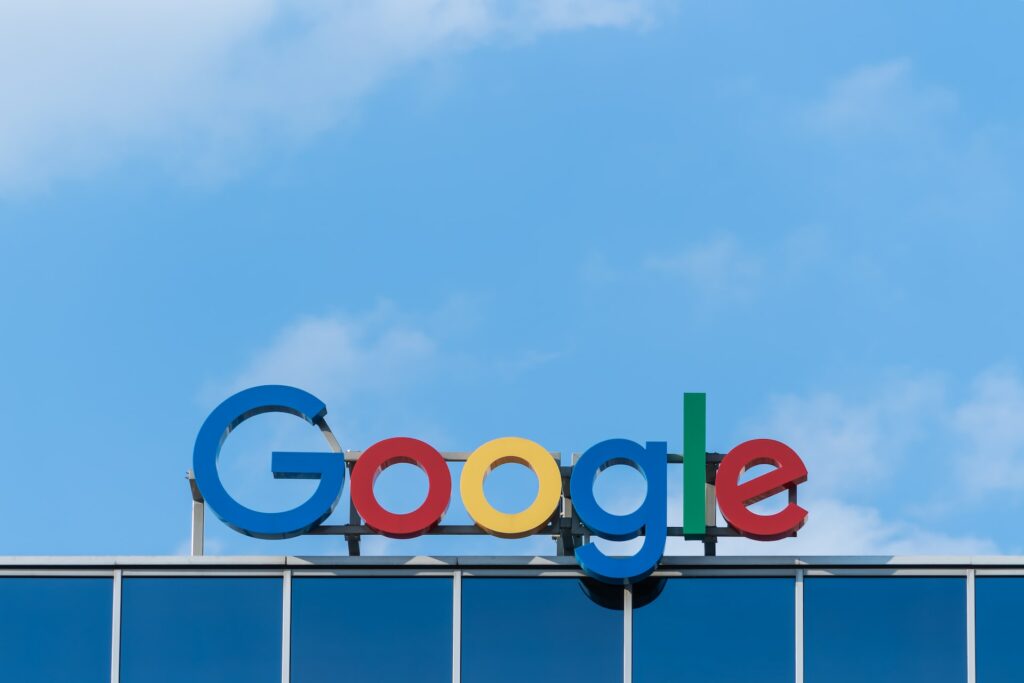Google’s algorithms and tools are constantly evolving to provide the best possible search results and advertising. And even though Google Ads went through many changes in 2022, they’re not over yet. Here’s what business owners can expect from changes to Google Ads in 2023, and how some of the recent changes are impacting online marketing strategies.
Five Changes to Google Ads You Can Expect in 2023
1: Higher Cost Per Lead
While this change isn’t due to a Google Ads update, it’s still worth noting. The cost per lead has increased by an average of 19% in most industries, and it seems that inflation is the reason. Higher prices lead to more money-conscious consumers, resulting in lower conversion rates and a higher cost per lead. So business owners may need to adjust their advertising budgets (or strategies) in 2023.
2: Ads No Longer Support Similar Audiences
Google’s Similar Audiences (aka Similar Segments) has been the rival to Facebook’s Lookalike Audiences for nearly a decade. But because new privacy standards make this feature more challenging, Google will begin phasing out Similar Audiences beginning on May 1, 2023.
After this deadline, you will no longer be able to add Similar Audiences to new campaigns or ad groups. Google will officially retire the feature on August 1, 2023, but historical reporting data will remain available.
Google promises to deliver “more powerful and durable solutions in 2023” to replace Similar Audiences. In the meantime, Google says you can explore the benefits of automation, such as optimized targeting and Smart Bidding.
3: No More Expanded Text Ads
This change is technically old news, but it bears repeating. Google phased out Expanded Text Ads in June 2022, and they won’t be bringing them back. Now, Microsoft has finally followed suit, having ended Expanded Text Ads on February 1, 2023. Existing Expanded Text Ads from Google and Microsoft will continue to run and you can still find their performance reports, but you will not be able to edit them or create new ones.
Both Microsoft and Google have switched to Responsive Search Ads (RSA), which are ads that adapt to show your customers more relevant information related to their search.
You no longer need to figure out which headlines and descriptions are the most effective for your campaign on your own—Google Ads or Microsoft Advertising will do the work for you, depending on which tool you use.
You simply enter multiple headline and description options, and then Google Ads or Microsoft Advertising will display them in different combinations to create the most effective ads.
4: New Performance Max Features
Local and Smart Shopping campaigns are other features that Google sunsetted last year. Since then, Google has automatically upgraded any relevant Local and Smart Shopping campaigns to Performance Max campaigns.
Performance Max allows you to access all of your Google Ads inventory with a single campaign to improve your search performance. Google is continuously upgrading Performance Max, and they recently added new features such as more test headlines and compatibility with the Performance Planner tool.
5: New Competitor Insights
Google Ads also added a new insights feature that helps you learn more about the paid ads you see on the search engine results page (SERP). This offers more transparency for users, and lets you check out your competitors and get better at competing for local SEO.
All you need to do when you see a paid ad on the SERP is click the three vertically stacked dots to the right of the ad, then click “See more ads by this advertiser.” You can then filter the results by location, time range, and format.
Promote Your Business with PPC and Social Media Ads
It can be challenging to keep up with all the ongoing changes to Google Ads, much less take advantage of them. At New Wine Digital, we help small businesses improve their online presence with effective Google pay-per-click campaigns. We can also help promote your business on social media, including Facebook, LinkedIn, and YouTube. Call us at 480-516-1819 today to learn more.
Images used under creative commons license – commercial use (3/1/2023). Photo by Pawel Czerwinski on Unsplash
